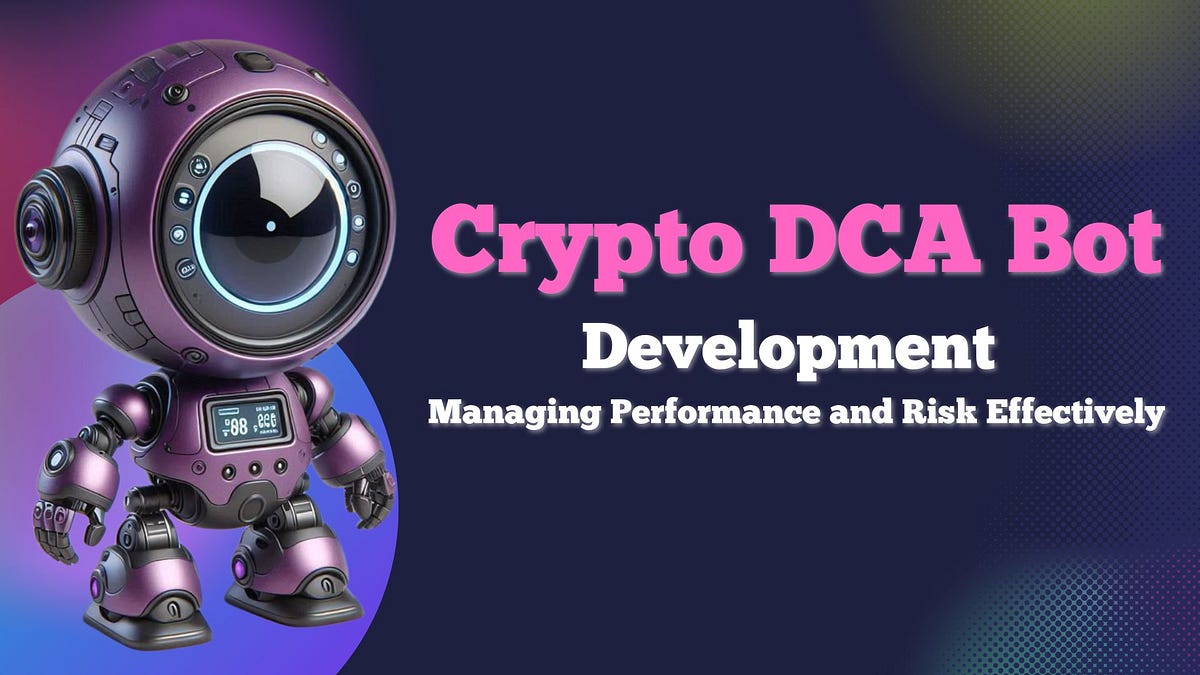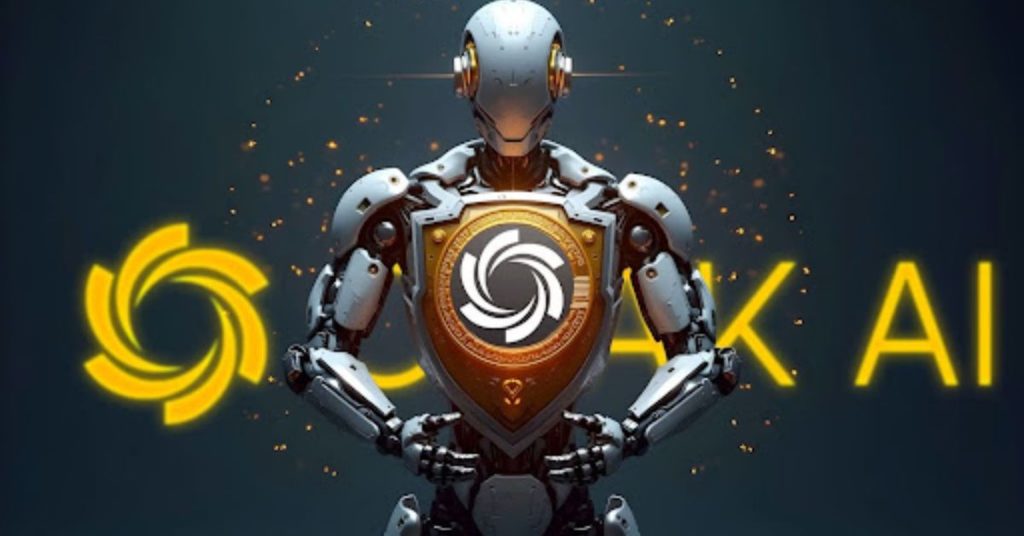In the intricate world of cryptocurrencies, Bitcoin stands as a pioneering force, not just for its digital currency but for the groundbreaking technologies it introduced. One such foundational technology is Hashcash, a proof-of-work system that plays a pivotal role in securing the Bitcoin network. Let’s delve into what Hashcash is and how it fortifies Bitcoin’s infrastructure.
Hashcash, conceived by cryptographer Adam Back in 1997, was initially designed to combat email spam by imposing a computational cost on sending emails. The core idea was to require senders to perform a modest amount of computational work, thereby deterring mass spamming activities. This concept was later adapted by Bitcoin to secure its blockchain through a process known as mining.
In the Bitcoin network, miners are tasked with validating transactions and adding them to the blockchain. To do this, they must solve complex mathematical puzzles based on the Hashcash proof-of-work system. Here’s a step-by-step breakdown:
- SHA-256 Hash Function: Bitcoin utilizes the SHA-256 (Secure Hash Algorithm 256-bit) to transform input data into a fixed 256-bit output. This function is deterministic, meaning the same input will always produce the same output. It’s also one-way, making it infeasible to reverse-engineer the original input from the hash.
- Block Header Composition: Each block in the Bitcoin blockchain contains a header with specific components:
- Version: Indicates the Bitcoin software version.
- Previous Block Hash: A reference to the preceding block in the chain.
- Merkle Root: A hash representing all transactions within the block.
- Timestamp: The exact time the block was created.
- Bits: Denotes the current difficulty target.
- Nonce: A variable miners adjust to find a valid hash.
3. Target Threshold: The Bitcoin network sets a target value, and miners must find a hash of the block header that is less than this target. This effectively means the hash must have a certain number of leading zeros, making it challenging to find but easy to verify.
4. Mining Process: Miners iteratively adjust the nonce and hash the block header until they discover a hash that meets the target criteria. This trial-and-error process requires substantial computational power, ensuring that adding new blocks to the blockchain is resource-intensive and secure.
The implementation of Hashcash in Bitcoin serves several critical purposes:
- Security: By making the mining process computationally demanding, Hashcash deters malicious actors from attempting to alter the blockchain, as modifying a block would require redoing the proof-of-work for that block and all subsequent ones.
- Decentralization: The proof-of-work system allows anyone with the necessary computational resources to participate in mining, promoting a decentralized network where no single entity has control.
- Consensus: Hashcash facilitates a consensus mechanism where the longest chain (i.e., the chain with the most accumulated proof-of-work) is considered the valid one, ensuring agreement across the network.
Hashcash is a fundamental component of Bitcoin’s architecture, underpinning its security and operational integrity. By requiring miners to solve complex puzzles, it ensures that the network remains robust against attacks and maintains a decentralized consensus. Understanding Hashcash provides valuable insight into the mechanisms that make Bitcoin a resilient and revolutionary digital currency.
Miners tweak the nonce (and sometimes other fields) until the double SHA-256 hash of the block header is below the target. Here’s a simplified example:
Sample Block Header
Let’s say we have:
- Version: 0x02000000
- Previous block hash: 0x00000000000000001a2b3c4d… (32 bytes)
- Merkle root: 0x5e6f7a8b9c0d1e2f… (32 bytes)
- Timestamp: 0x65e2d5a0 (Jan 30, 2023, ~17:00 UTC)
- Bits: 0x1a4b5c6d (encodes a target, e.g., ~20 leading zeros)
- Nonce: Starts at 0, incremented during mining
version,
prev_block_hash,
merkle_root,
timestamp,
bits,
nonce = 0
)
target = decode_bits(bits) // e.g., 0x0000000000000000000FFFFF...
while True:
hash = sha256(sha256(block_header))
if hash < target:
print("Found valid hash:", hash.hex())
broadcast(block_header)
break
nonce += 1
if nonce > 2^32 - 1: // 32-bit nonce exhausted
timestamp += 1 // Tweak timestamp
nonce = 0
Running the Example
- Start with nonce = 0:
- Hash: 0x1a3b5c7d9e0f1a2b… (doesn’t start with 20 zeros, fail)
- Nonce = 1:
- Hash: 0x9b8c7d6e5f4a3b2c… (still no 20 zeros, fail)
- Nonce = 123456:
- Hash: 0x0000000000000000000a1b2c3d… (20 leading zeros, success!)
The miner broadcasts this block with nonce = 123456, and others verify it by recomputing the hash and checking it against the target.
The Essence of Bitcoin Mining
At its core, Bitcoin mining is the mechanism that maintains the integrity of the blockchain — a decentralized ledger recording all Bitcoin transactions. Miners bundle recent transactions into a block and compete to find a specific number, called a nonce, that, when combined with the block’s data and passed through the SHA-256 hash function twice, produces a hash that meets the network’s difficulty target. This target is a 256-bit number, and for a block to be valid, its hash must be less than this target. Wikipedia
The Role of the Nonce
The nonce is a 32-bit (4-byte) field whose value is set by miners so that the hash of the block will contain a run of leading zeros. The number of required zeros is determined by the difficulty target; the lower the target, the more zeros are required, making it harder to find a valid hash. Miners systematically increment the nonce to find a hash that satisfies the difficulty target.
Probability and Difficulty
The SHA-256 hash function outputs are uniformly distributed across a vast space of ²²⁵⁶ possible values. The mining difficulty adjusts every 2,016 blocks (approximately every two weeks) to ensure that blocks are mined at a consistent rate of one every 10 minutes. If blocks are being mined faster than this rate, the difficulty increases; if they’re being mined slower, it decreases.
Beyond the Nonce: Expanding the Search Space
Given the vast number of possible hashes and the relatively small range of nonce values (approximately 4.3 billion possibilities), miners often exhaust all possible nonce values without finding a valid hash. To expand the search space, miners can adjust other fields in the block header:
- Timestamp: Miners can modify the timestamp within a certain allowable range, effectively altering the block’s hash.
- Extra Nonce: By changing the coinbase transaction (the first transaction in a block, which rewards the miner), miners can modify the Merkle root — a hash summarizing all transactions in the block — thereby altering the block header and its hash.
These techniques provide miners with a virtually limitless search space, ensuring that a valid hash can eventually be found.
Difficulty Adjustment: Keeping the Rhythm
Bitcoin’s protocol includes a self-regulating mechanism to maintain a consistent block production rate. Every 2,016 blocks, the network recalculates the difficulty target based on the time taken to mine the previous 2,016 blocks. The goal is to keep the average block time around 10 minutes. If the blocks were mined faster than expected, the difficulty increases; if they were mined slower, the difficulty decreases.
Verification: The Quick Check
Once a miner finds a hash that meets the difficulty target, they broadcast their block to the network. Other nodes can quickly verify the validity of the block by performing a double SHA-256 hash on the block header and checking if the resulting hash is less than the current target. This verification process is computationally trivial compared to the mining process itself, ensuring that the network can efficiently validate new blocks.
Bitcoin’s mining process is a sophisticated blend of cryptographic hashing, probabilistic search, and dynamic difficulty adjustment. Miners employ computational power to find a nonce that, when hashed with the block’s data, produces a hash meeting the network’s difficulty target. This process ensures the security and integrity of the blockchain, with difficulty adjustments maintaining a steady rhythm of block production. The elegant design of this system allows Bitcoin to function as a decentralized and secure digital currency, resilient against tampering and fraud.
Understanding these mechanisms provides insight into the robustness of Bitcoin’s architecture and the innovative solutions it employs to maintain a decentralized consensus across a global network.

 2 weeks ago
20
2 weeks ago
20







 English (US) ·
English (US) ·